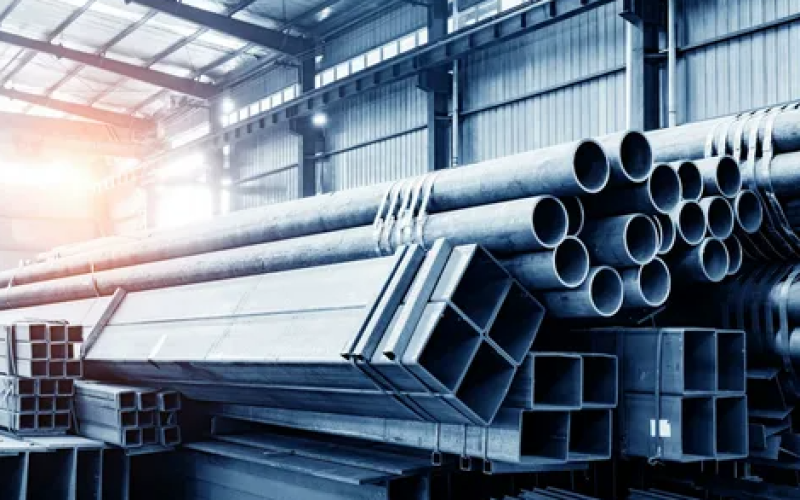A few years ago, the buyer, ordering the goods in the online store, was ready to wait a week. Today, delivery in one or two days has become the norm. This experience, formed by giants of e-commerce due to a branched network of regional warehouses, in a sense has become a catalyst for serious changes in the B2B sector. Enterprises throughout the country, including the relatively compact central federal district, are reviewing their geography, trying to bring the production and warehouse capacities closer to the final consumer.
This trend only at first glance seems new. In fact, he is a return to proven practices. Many people remember that in Soviet times, industrial giants worked on the principle of the Gorod factory, where all the necessary infrastructure - from the repair of equipment to the production of components - was focused on one territory. With the advent of international corporations to the market, another model came: globalization, unified suppliers to the entire network, transfer of production to Asia to reduce costs. This led to the rupture of production chains inside the country and even to the decline of some industries.
Today the pendulum pumpedXia in the opposite direction. From the experience of conducting a multidisciplinary business, I can say that the reduction of logistics shoulder - the distance from the manufacturer to the client - gives a colossal economic effect. The cost of delivery of raw materials or finished products can sometimes increase its final price. This is especially noticeable in industries as the production and sale of industrial chemistry activated coal. Therefore, the approach of products to its consumers is not just a matter of convenience, but the basis of competitiveness and, more importantly, a guarantee of one hundred percent fulfillment of contract obligations.
A striking example of production -satellite in large plants. Factories for the production of chemically besieged lime necessary for pulp and paper plants are more often located directly in the territory of the Central Bank. Only raw materials are supplied there - limestone stone, and the entire complex process of processing occurs in place. Similarly, foresters are placed inside the plants - constantly replenished raw materials, the relevance of which has grown sharply after the ban on the forest alloy in rivers for environmental reasons.The
strategy of “being closer to the client” is advantageous not only in the creation of production, but also in a flexible warehouse policy. Companies are actively developing the networks of regional storage warehouses. Practice shows that even with the debugged work of transport, the very fact of the presence of a warehouse in the region creates a “presence effect” from the client, accelerates delivery and removes the psychological barrier when choosing a supplier.
The business is comprehensively to choose locations. To reduce costs, storage facilities with variable transport accessibility are created, combining roads and railways. The transfer of parts of production or warehouse capacities there can significantly save on rent and logistics. Sometimes large suppliers go even further, purposefully transferring the regional warehouse almost to the side to any anchor client.
This trend affects other niches. Say, in our industry, this is the production of chemical reagents - for example, biocides for processing equipment in the energy sector, water treatment, food industry or metallurgy. When laboratories and production sites are located closer to zakThe Azchik, this allows not only to ship the products in a timely manner, but also to instantly respond to a change in the situation associated with pollution or biological, monitoring equipment and actually becoming part of the client’s technological process.
Of course, this does not mean a complete abandonment of another fundamental principle - the location of the plant at a source of raw materials. Suppose that wood processing enterprises are located in the Karelia rich in forest or the Smolensk region.
The industrial geography of Russia is becoming more and more diverse. Instead of global, but fragile chains, business builds a flexible multi -level system. The transfer of capacities to the consumption regions, despite the large initial investments in the infrastructure, is more profitable in the long term. This exempts resources at basic enterprises for further development and makes the economy more stable.



